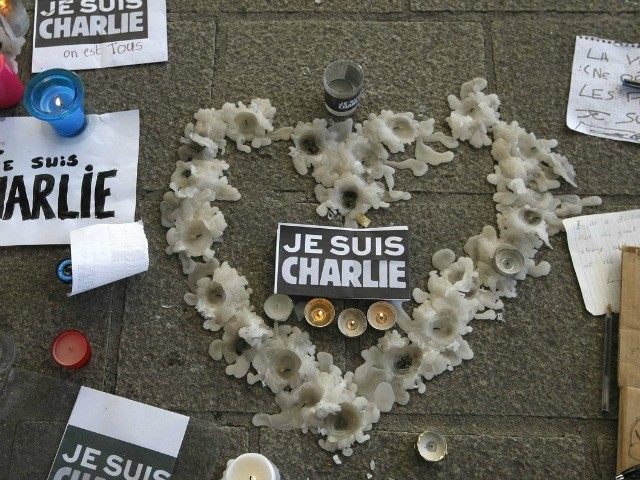We have all heard the dramatic tale of how terrorists come from poor, oppressed families and are virtually forced into terrorism to escape discrimination and poverty. Young, desperate and idealistic, they turn to terror as their only way out of the hellhole into which society has buried them.
A very compelling tale but a largely fictional one. After Wednesday’s brutal massacre it’s time for a cold shower of realism.
According to the 2014 Global Terrorism Index, produced by the Institute for Economics & Peace, Islamic extremism is now the main driving force behind terrorist movements. Economics has nothing to do with it.
The report found that poverty rates, levels of schools attendance and most economic factors have no association whatsoever with terrorism. The three main factors associated with terrorism, in fact, are state-sponsored violence such as extra-judicial killings, group grievances, and high levels of criminality.
Since the 9/11 attacks on the Pentagon and Twin Towers, there has been a fivefold increase in deaths from terrorism. According to the report, in 2013, there were 17,958 deaths, a 61% rise over the previous year. A substantial majority (66%) of these were attributable to just four groups: the Islamic State in Iraq and Syria, Boko Haram in Nigeria, the Taliban in Afghanistan and al-Qaida.
Moreover, more than 80% of deaths from terrorism in 2013 occurred in just five countries: Iraq, Afghanistan, Pakistan, Nigeria, and Syria.
In the case of the Charlie Hebdo massacre, the chief suspects are brothers, French Muslims Chérif, 32, and Said Kouachi, 34. After moving to Paris, the brothers became involved in petty theft and drug dealing.
According to Vincent Ollivier, Chérif’s former lawyer, Chérif was a confused kid who became radicalized in prison. One of the Islamists whom Chérif met in jail was Salim Benghalem, now regarded as a principal organizer for the Islamic State in Syria.
“He smoked, drank, wore no beard and had girlfriends,” the lawyer said. “He was a confused kid who did not know what to do with his life and then, overnight, met people who persuaded him that he was important.”
In this regard, Michael Burleigh’s eye-opening book Blood and Rage: A Cultural History of Terrorism is as timely now as the day of its release in 2008.
Burleigh yanks terrorism off the psychoanalyst’s couch, giving the lie to the romantic notions that have sprung up around one of the ugliest phenomena in human history. In his vast survey of terrorism, Burleigh shows how many terrorists are comfortable middle-class citizens who choose evil because they have a poisonous attraction to it. Of those who are poor and oppressed, a choice is still made, a choice that millions of poor, oppressed people never make and never would.
The book underscores the many personality traits that terrorists share, such as the excitement, even perverse joy, terrorists get from killing people. Equally intoxicating is the terrorists’ “desire to bring chaos to the lives of others.” Imprisoned in a cage of their own making, they feel compelled to make others share their pain.
We will never conquer evil by making excuses for it, Burleigh suggest, and if people choose to go terribly wrong, of their own free will, they are and must be held accountable.
Just as importantly, the real facts about modern terrorism must be confronted with honesty and dealt with decisively. We can no longer afford to indulge those who “harbor a sneaking admiration for those who wish to change the world by violence.”
Follow Thomas D. Williams on Twitter @tdwilliamsrome

COMMENTS
Please let us know if you're having issues with commenting.